Home>Garden Essentials>How To Save Cantaloupe Seeds
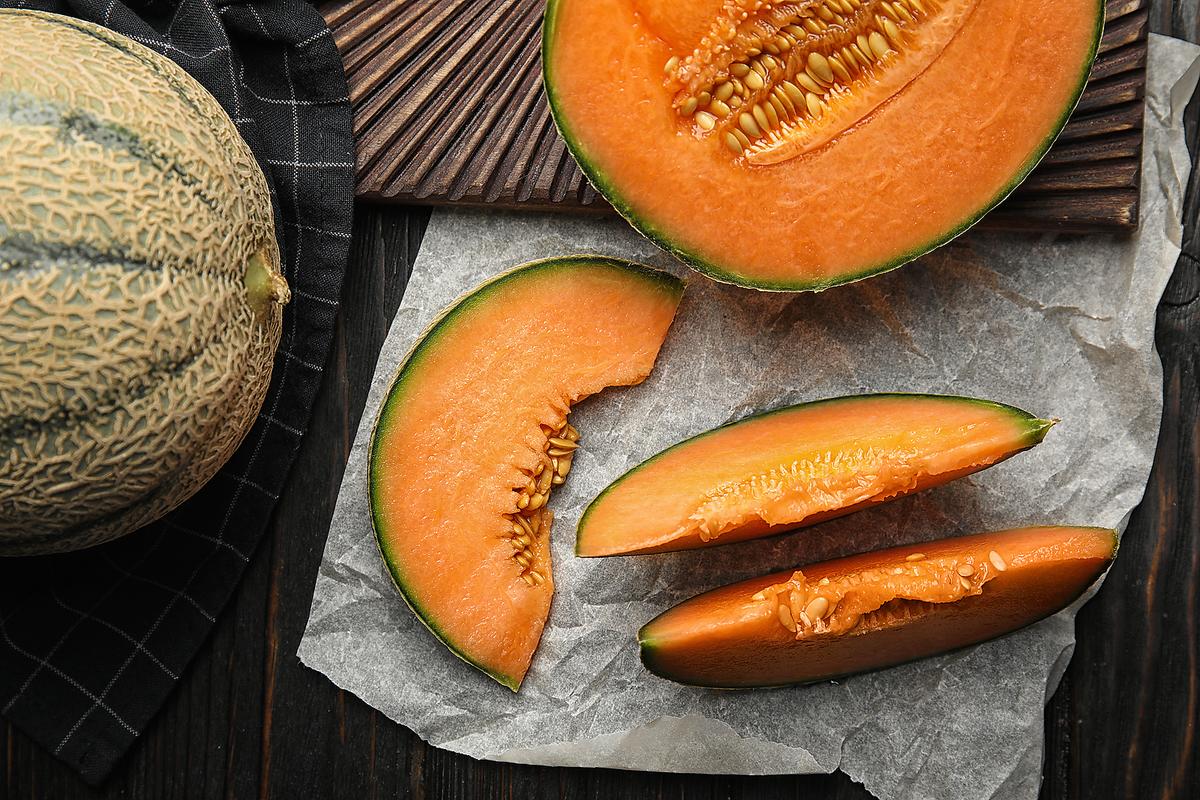

Garden Essentials
How To Save Cantaloupe Seeds
Modified: March 23, 2024
Learn how to save cantaloupe seeds in your garden and enjoy a bountiful harvest. Step-by-step guide for successful seed saving.
(Many of the links in this article redirect to a specific reviewed product. Your purchase of these products through affiliate links helps to generate commission for Storables.com, at no extra cost. Learn more)
Introduction
Are you a fan of fresh, juicy cantaloupes? Did you know that you can actually save the seeds from your favorite melons and grow your own delicious fruits? It’s true! Saving cantaloupe seeds is a fun and rewarding activity that allows you to become a part of the seed-to-fruit journey.
In this article, we will guide you through the process of saving cantaloupe seeds step by step. Whether you’re a gardening enthusiast or a beginner looking to try your hand at seed saving, this guide will equip you with the knowledge to successfully harvest, clean, and store cantaloupe seeds for future use.
Before we dive into the steps, let’s discuss why saving cantaloupe seeds is beneficial. First and foremost, it is a cost-effective way to grow your own cantaloupes. Instead of purchasing new seeds each season, you can rely on the seeds you saved from previous harvests. Secondly, by saving and replanting your own seeds, you have control over the quality and nutrition of your fruits. You can select the best specimens from your plants to ensure that the subsequent generations are of top-notch quality.
Additionally, saving seeds enables you to preserve rare, heirloom, or locally adapted varieties of cantaloupe that may not be readily available in stores. It allows you to contribute to biodiversity and maintain genetic diversity in your garden.
Now that you understand the benefits, let’s get started on the process of saving cantaloupe seeds!
Key Takeaways:
- Save money and grow your own delicious cantaloupes by harvesting, cleaning, and storing the seeds from ripe fruits. Enjoy the seed-to-fruit journey and contribute to biodiversity in your garden!
- By saving cantaloupe seeds, you have control over the quality and nutrition of your fruits. Preserve rare varieties, maintain genetic diversity, and enjoy a continuous supply of homegrown melons. Happy seed saving!
Read more: How To Save Seeds From Cantaloupe
Step 1: Harvesting Ripe Cantaloupe
The first step in saving cantaloupe seeds is to harvest ripe, fully matured fruits. It’s important to wait until the cantaloupes are fully ripe because the seeds inside need to be mature in order to successfully grow new plants.
Here are some indicators to help you determine if a cantaloupe is ripe:
- Check the color: The skin of a ripe cantaloupe should have a golden or orangish hue, depending on the variety.
- Smell the aroma: Ripe cantaloupes have a sweet, fragrant aroma that you can detect when you place your nose near the stem end.
- Press the blossom end: When you gently press your thumb on the blossom end of a ripe cantaloupe, it should give slightly and feel slightly soft.
Once you have identified a ripe cantaloupe, it’s time to prepare for seed extraction.
Grab a sharp knife and a clean cutting board. Place the cantaloupe on the cutting board and carefully slice it in half, from stem to blossom end.
Now, take a moment to appreciate the vibrant orange flesh and the sweet aroma that fills the air. Isn’t it exciting to know that you’ll be able to grow your own cantaloupes from these seeds?
In the next step, we will explore how to extract the seeds from the cantaloupe.
Step 2: Scooping Out the Seeds
Now that you’ve successfully harvested a ripe cantaloupe, it’s time to extract the seeds from the fruit. This step requires a little bit of patience and careful handling to ensure that you collect the seeds without damaging them.
Here’s how you can scoop out the seeds from the cantaloupe:
- Using a spoon or a melon baller, gently scrape the flesh away from the seeds. You might encounter some stringy material around the seeds, which is normal.
- Transfer the extracted seeds into a clean bowl or container. Try to remove as much flesh as possible, but don’t worry if there are tiny bits clinging to the seeds.
- Continue this process until you have removed all the seeds from the cantaloupe halves.
It’s important to work carefully and avoid damaging the seeds during this process. Remember, the seeds are the future of your cantaloupe plants, so handle them with care!
Once you have scooped out all the seeds, move on to the next step to learn how to clean them properly.
Step 3: Cleaning the Cantaloupe Seeds
After scooping out the seeds from the cantaloupe, it’s time to clean them to remove any remaining flesh or debris. Cleaning the seeds is essential to prevent mold or rot during the drying and storage process.
Follow these steps to effectively clean the cantaloupe seeds:
- Place the extracted seeds in a fine-mesh strainer or colander.
- Hold the strainer under running water and gently rinse the seeds, using your fingers to rub away any clinging flesh or debris.
- Continue rinsing until the water runs clear and the seeds are clean.
It’s important not to use any soap or chemicals during this process, as they can contaminate the seeds. Stick to using just water.
After cleaning, carefully transfer the cleaned seeds to a paper towel or a clean cloth. Spread them out in a single layer and pat them dry with another paper towel or cloth. Allow the seeds to air dry completely for a few days.
Now that the seeds are cleaned and dried, we can move on to the next step: drying the seeds.
After removing the seeds from a ripe cantaloupe, rinse them in water and lay them out to dry on a paper towel. Once dry, store them in a cool, dry place for a few days before planting.
Step 4: Drying the Seeds
Properly drying the cantaloupe seeds is crucial to ensure their longevity and viability. Drying helps remove any remaining moisture, reducing the risk of mold or rot and preparing the seeds for long-term storage.
Here’s how you can dry the cantaloupe seeds:
- Once the seeds are clean and dry, spread them out on a clean, dry surface such as a paper towel or a screen.
- Make sure to spread the seeds out in a single layer, ensuring that they are not clumped together. This will allow for proper airflow during the drying process.
- Place the seeds in a warm and well-ventilated area, away from direct sunlight. An ideal location can be a room with good airflow or near a fan.
- Allow the seeds to air dry for about one to two weeks. During this time, periodically check on the seeds to ensure that they are drying properly and there is no sign of mold or moisture.
- After the seeds have dried completely, they should feel hard and brittle to the touch. If they still feel soft or have any moisture, continue drying them for a few more days.
Once the cantaloupe seeds are thoroughly dried, they are ready for the final step: storing them for future use.
Note: It’s essential to ensure that the seeds are completely dry before storing them. Any remaining moisture can lead to seed deterioration and loss of viability.
Read more: How To Plant Cantaloupe Seeds
Step 5: Storing Cantaloupe Seeds for Future Use
Now that you have successfully harvested, cleaned, and dried the cantaloupe seeds, it’s time to store them properly to ensure their longevity and viability. Proper storage conditions will help maintain the seeds’ quality, allowing you to use them for future planting seasons.
Follow these steps to store your cantaloupe seeds:
- Place the completely dried seeds in a small, airtight container, such as a glass jar or a seed envelope. Make sure the container is clean and dry.
- For added protection against moisture, you can include a desiccant packet or a moisture-absorbing material, such as rice or silica gel, in the container.
- Label the container with the variety of cantaloupe and the date of seed saving. This information will come in handy when you’re ready to plant the seeds in the future.
- Store the seeds in a cool, dark, and dry place, such as a pantry or a refrigerator. Avoid storing them in areas prone to temperature fluctuations or high humidity.
- Periodically check on the stored seeds to ensure there is no mold or humidity buildup. If any signs of deterioration are detected, it’s best to discard those seeds and focus on using the healthy ones.
When stored under optimal conditions, cantaloupe seeds can remain viable for several years, allowing you to enjoy a continuous supply of homegrown cantaloupes.
Remember, it’s always a good idea to save seeds from multiple plants to increase genetic diversity and ensure a better chance of successful germination in the future.
With these simple steps, you can save cantaloupe seeds and embark on an exciting journey of growing your own delicious melons year after year.
Happy seed saving and happy gardening!
Conclusion
Saving cantaloupe seeds is a wonderful way to not only enjoy the delicious fruits but also take part in the fascinating process of plant reproduction. By following the steps outlined in this guide – from harvesting ripe cantaloupes to storing the seeds properly – you can ensure a steady supply of high-quality seeds for future planting.
Not only does seed saving save you money by eliminating the need to purchase new seeds each year, but it also gives you the opportunity to preserve rare, heirloom, or locally adapted varieties that might not be readily available in stores. You have the power to contribute to biodiversity and maintain genetic diversity in your garden.
Remember to choose fully ripe cantaloupes for harvesting, scoop out the seeds carefully, clean them thoroughly, and dry them properly before storing them in a cool, dry place. Regularly check on the stored seeds to ensure their quality and discard any damaged or deteriorated ones.
With a little bit of love and care, you can successfully save cantaloupe seeds and cultivate your own flavorful, homegrown melons year after year. So, why not give it a try? Start saving your cantaloupe seeds today and embark on an exciting seed-to-fruit journey in your own garden!
Happy harvesting and seed saving!
Frequently Asked Questions about How To Save Cantaloupe Seeds
Was this page helpful?
At Storables.com, we guarantee accurate and reliable information. Our content, validated by Expert Board Contributors, is crafted following stringent Editorial Policies. We're committed to providing you with well-researched, expert-backed insights for all your informational needs.

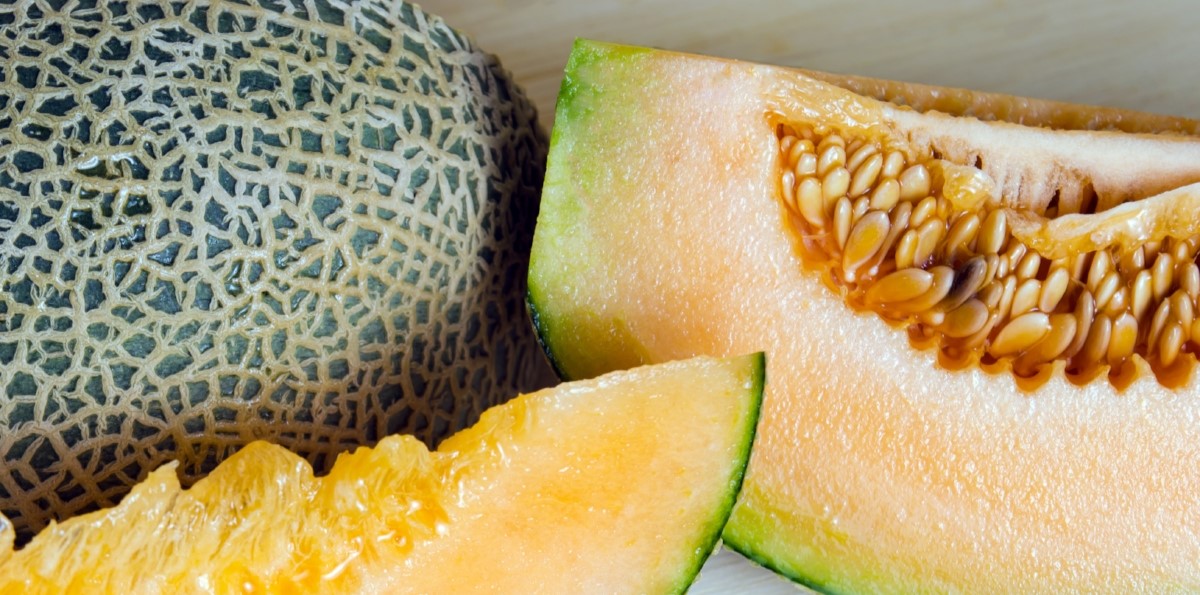

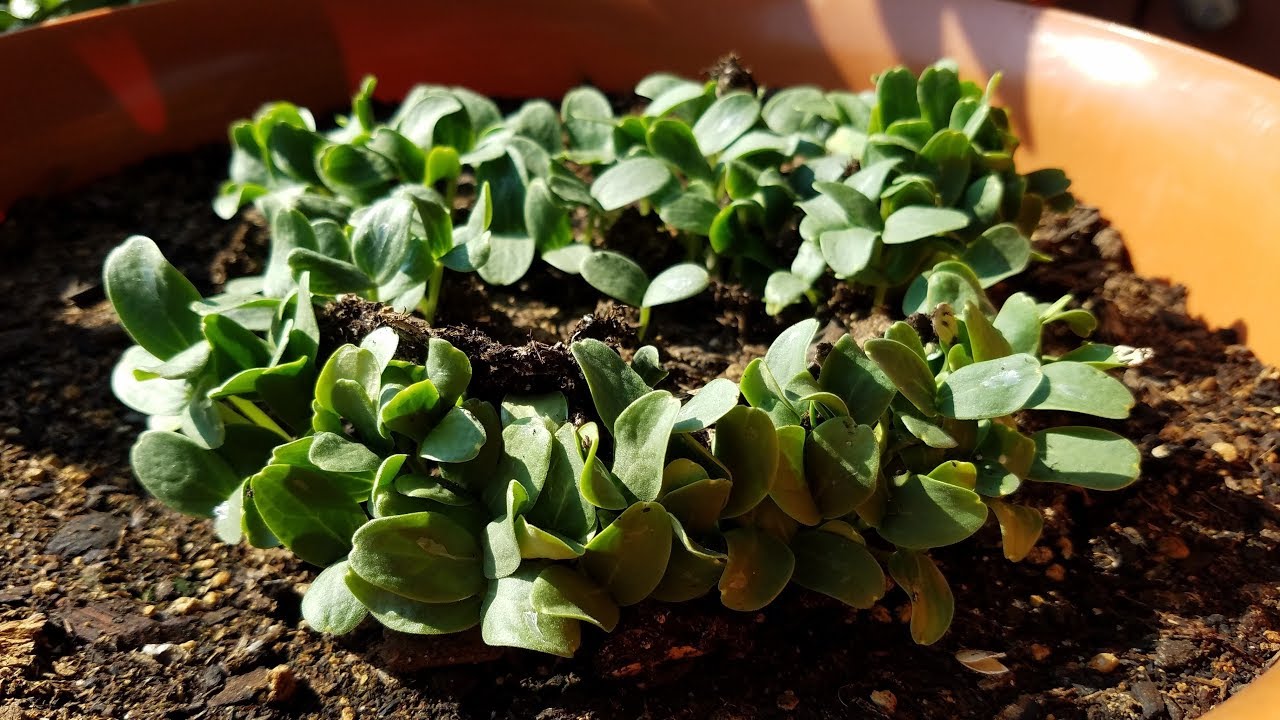

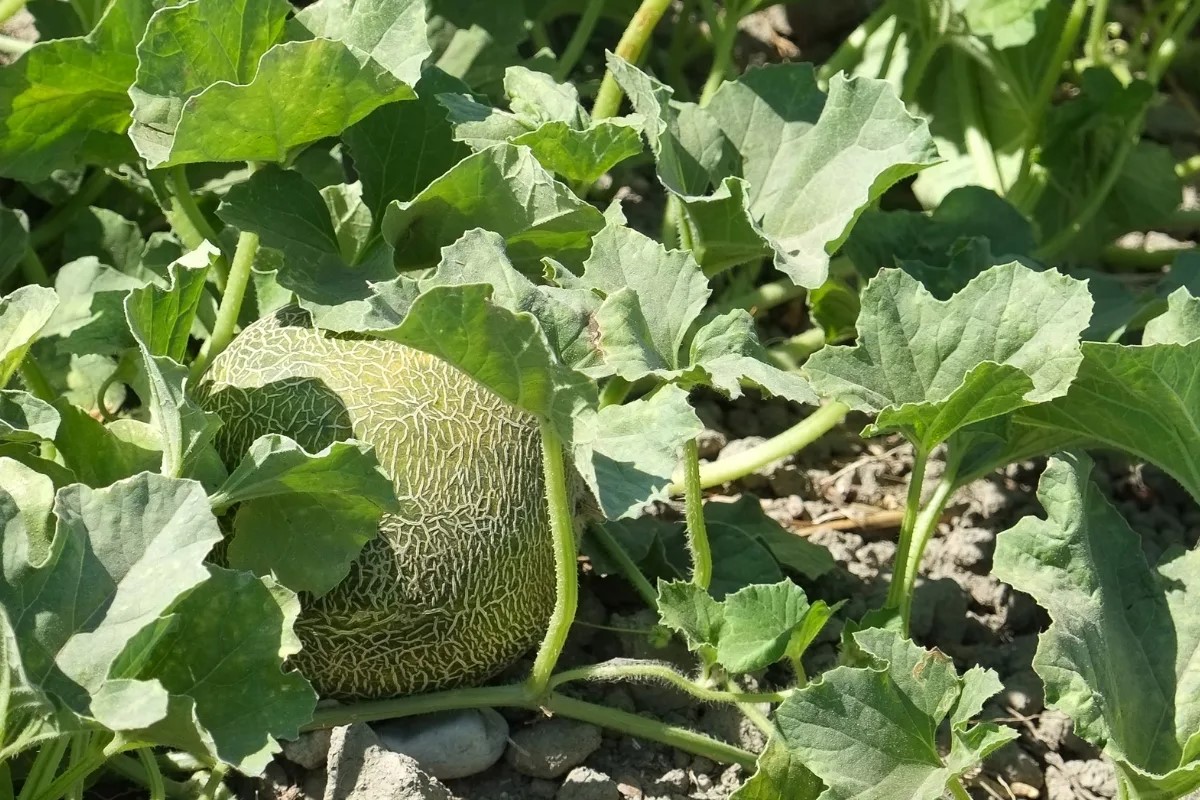
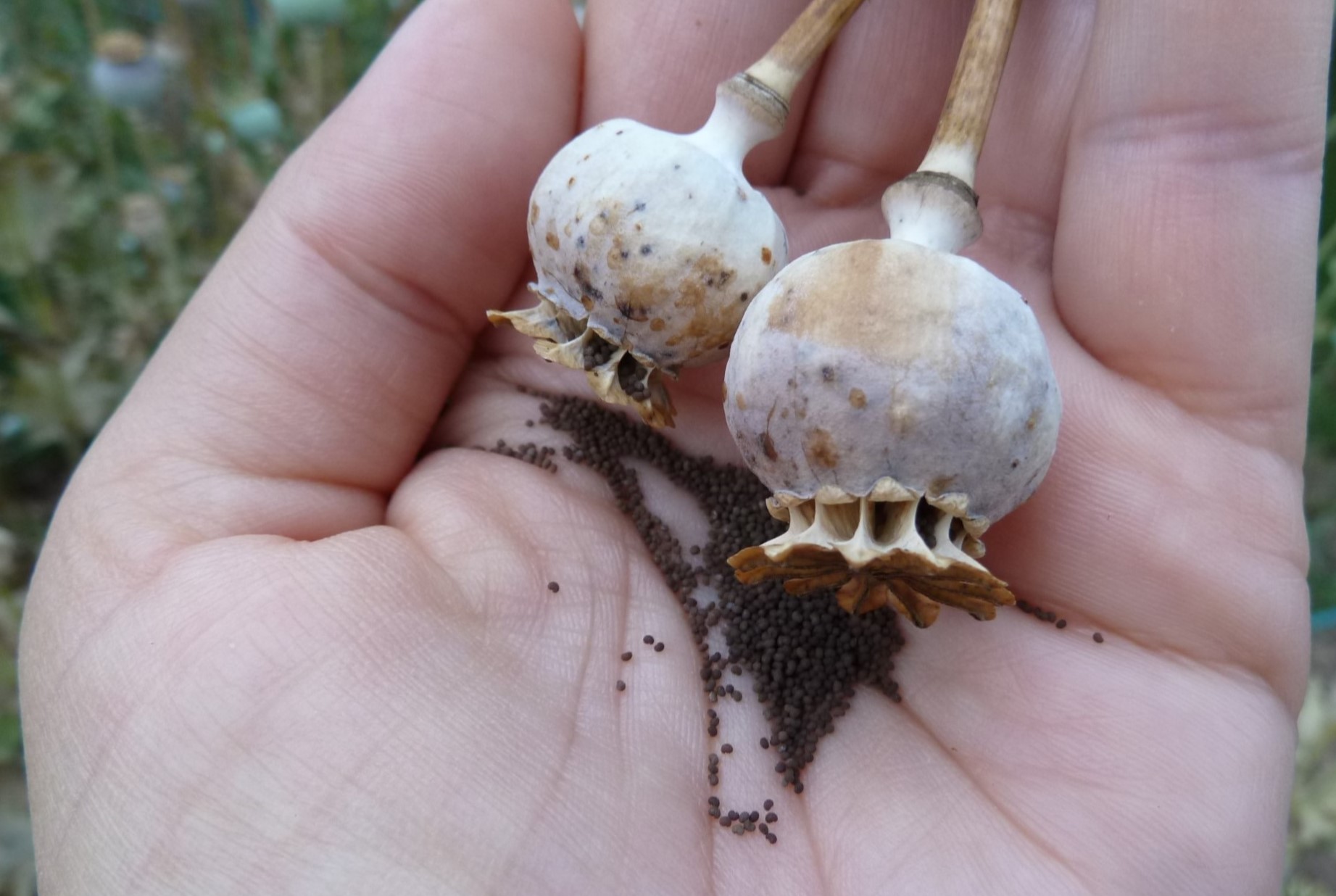



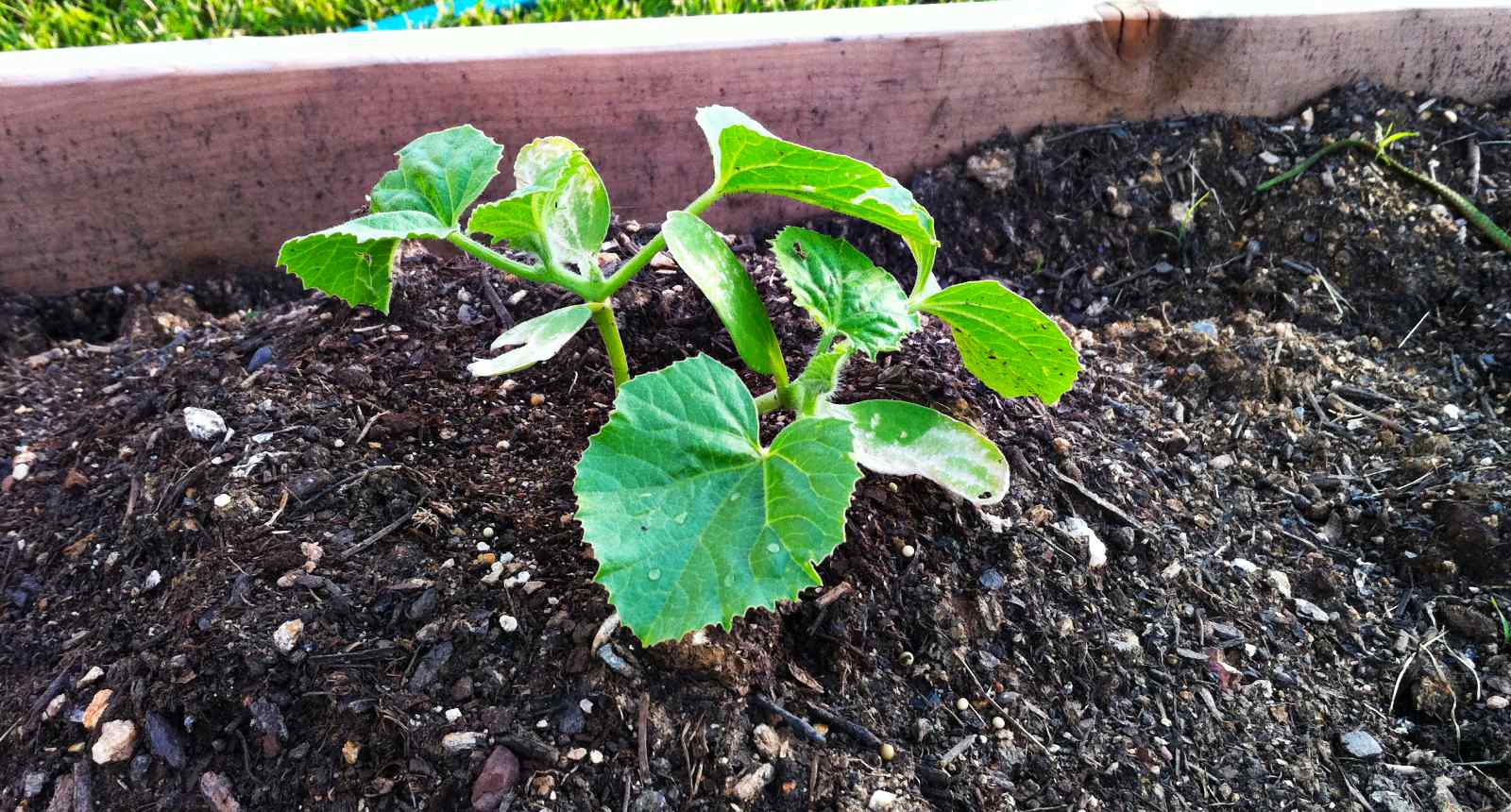




0 thoughts on “How To Save Cantaloupe Seeds”